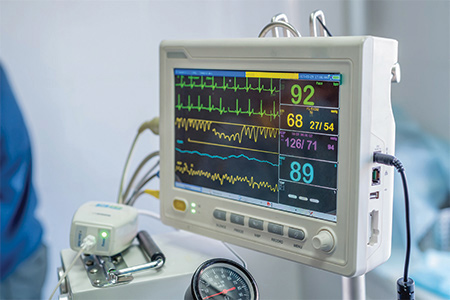Diagnostics & Treatment
Our team members go through a rigorous process to join the Harmony family. And once on the team, continuous training is part of our culture. Each Harmony team member is experienced and passionate when it comes to the health and well-being of your pet. We are all animal lovers with a commitment to providing thoughtful, comforting care for you and your pet.
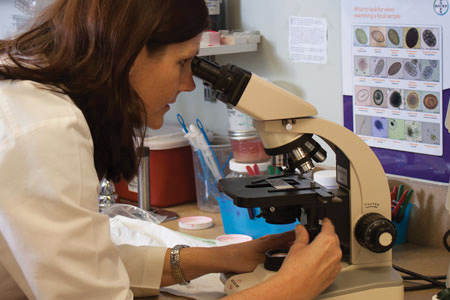
Biopsy

Surgical biopsies are generally recommended when an abnormal lesion, mass, lump, or growth is found during an exam or on internal imaging such as a radiograph, ultrasound, MRI, or Cat Scan.
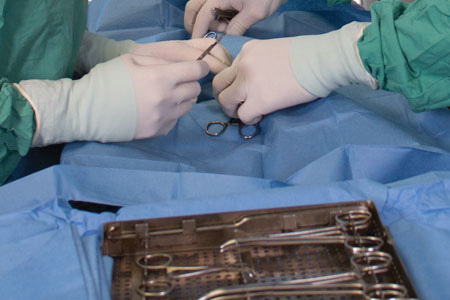
Bladder Surgery

Cystotomies are often considered exploratory surgeries and used when other methods cannot treat the problem or when routine diagnostic tests such as ultrasounds and X-rays cannot determine what’s causing the problem.
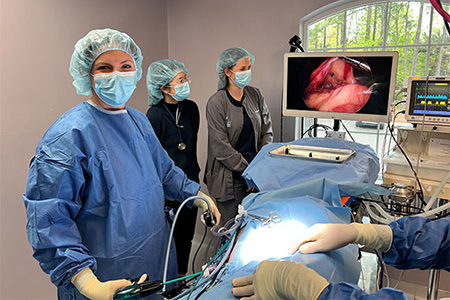
Laparoscopic Surgery

Laparoscopic surgery is a cutting-edge procedure that utilizes 2-4 small incisions rather than the large incisions required in traditional surgeries. This minimally invasive approach allows for a more comfortable recovery for your pet, reducing pain and the risk of infection.
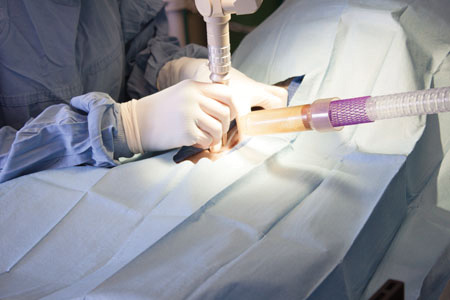
CO2 Laser Surgery

While several types of lasers are used for different applications, a carbon dioxide laser is the primary device for soft tissue veterinary laser surgery in small and mixed animal practices.
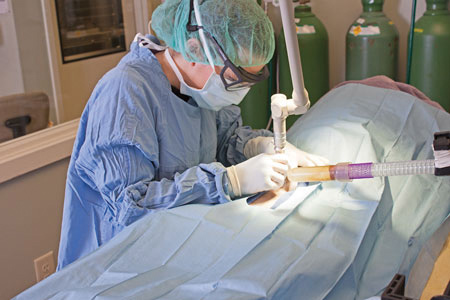
Spay/Neuter

At Harmony Animal Hospital, we have three goals when spaying or neutering your dog or cat: safety, pain management, and communication.
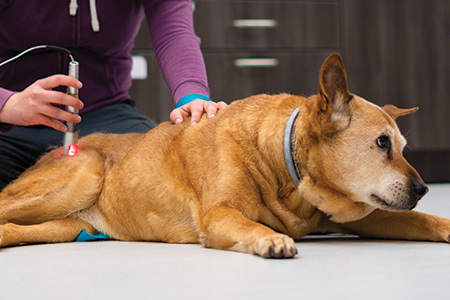
Pet Laser Therapy

We are pleased to provide our patients with the most advanced technology available today to leverage the benefits of laser therapy: MLS Harmony Laser Therapy.

ECG

When concerned about your pet’s cardiac health, you want a simple and noninvasive test. That’s why we offer electrocardiograms as part of our diagnostic options to determine your pet’s heart health.
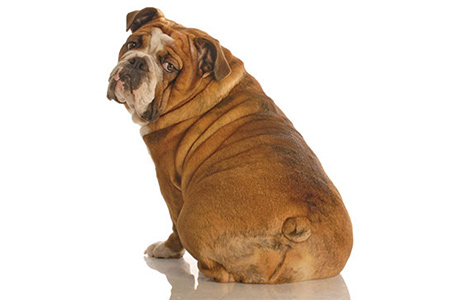
Episioplasty

Episioplasty is a surgery to correct a recessed or hooded vulva on a female dog. Episoplasty (also known as vulvoplasty) removes excess folds of skin that cover the vulva (the external genital organs of the female dog).
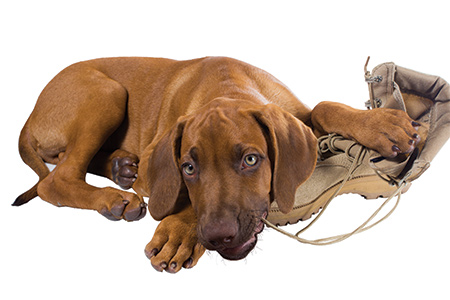
Foreign Body Removal

Foreign body obstructions can be caused by anything not easily digestible, including string, clothing, sticks, children’s toys, bones, or trash. Obstructions can occur at any point in the gastrointestinal tract.
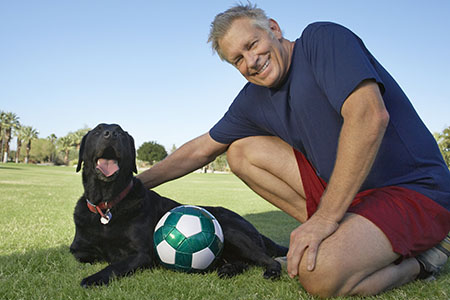
Limb Amputation

The idea of amputation might seem very difficult to accept, but the truth is that most pets adapt very well to having a limb removed. You’ll find that most dogs and cats that go through amputation go back to walking and playing remarkably fast.



